12 GPTs for Design Learning Powered by AI for Free of 2025
AI GPTs for Design Learning encompass advanced artificial intelligence tools tailored specifically for the field of design education and practice. These tools leverage the power of Generative Pre-trained Transformers (GPTs) to offer bespoke solutions that cater to a wide range of tasks within design learning, from conceptualization and ideation to execution and evaluation. They are instrumental in facilitating a more interactive, intuitive, and efficient learning experience, demonstrating the significant role of GPTs in revolutionizing design education and professional practice by providing adaptive, user-centric learning platforms.
Top 10 GPTs for Design Learning are: UX Design Mentor,Design Critique by Steve Jobs,Landscape Matrix Artist,Canvas Pro,LucidRequest Generator,Academia de Arquitectura,Experto Autocad 2024,Design Critique,Canvas Guide,Lazy Design Wizard
UX Design Mentor
AI-Powered UX Design Insight
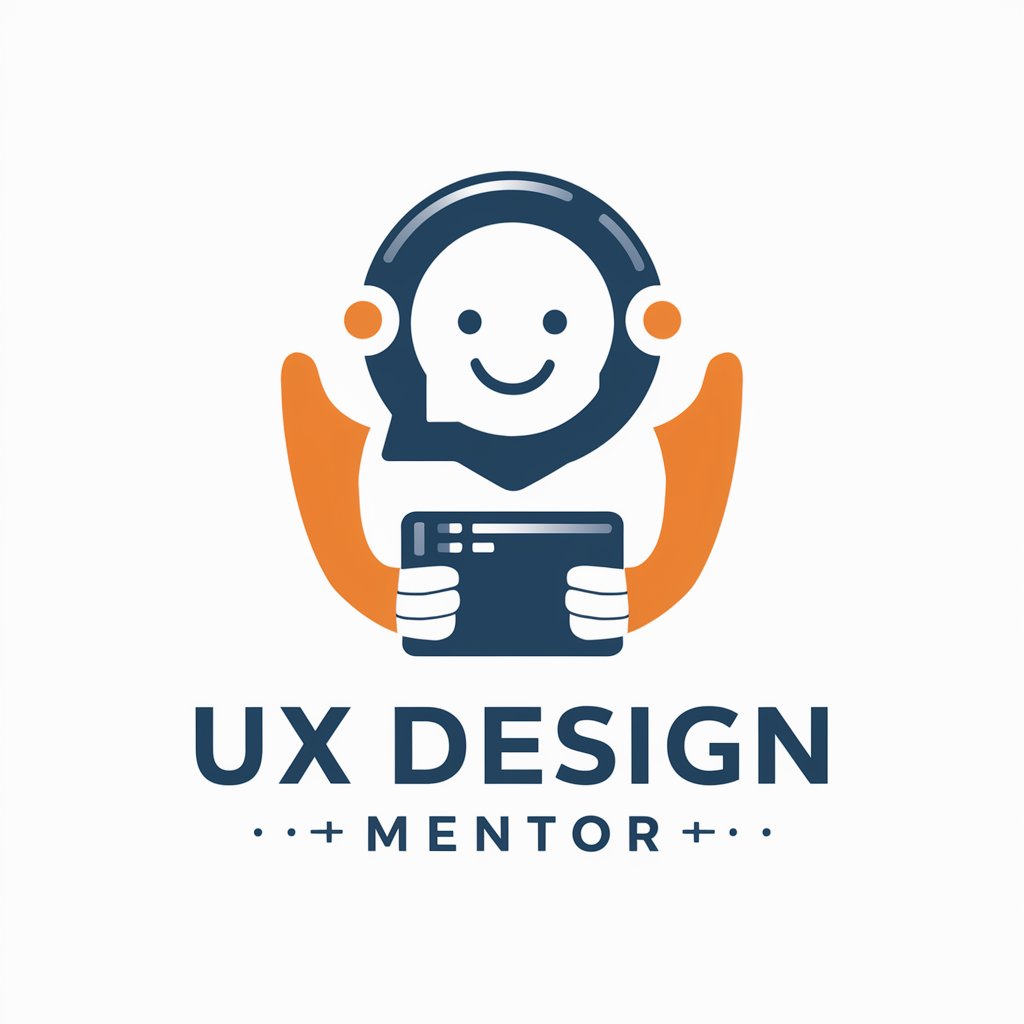
Design Critique by Steve Jobs
Elevate Your Design with AI-Powered Critique

Landscape Matrix Artist
Create landscapes with AI, visually.

Canvas Pro
Unleash Creativity with AI-Driven Design
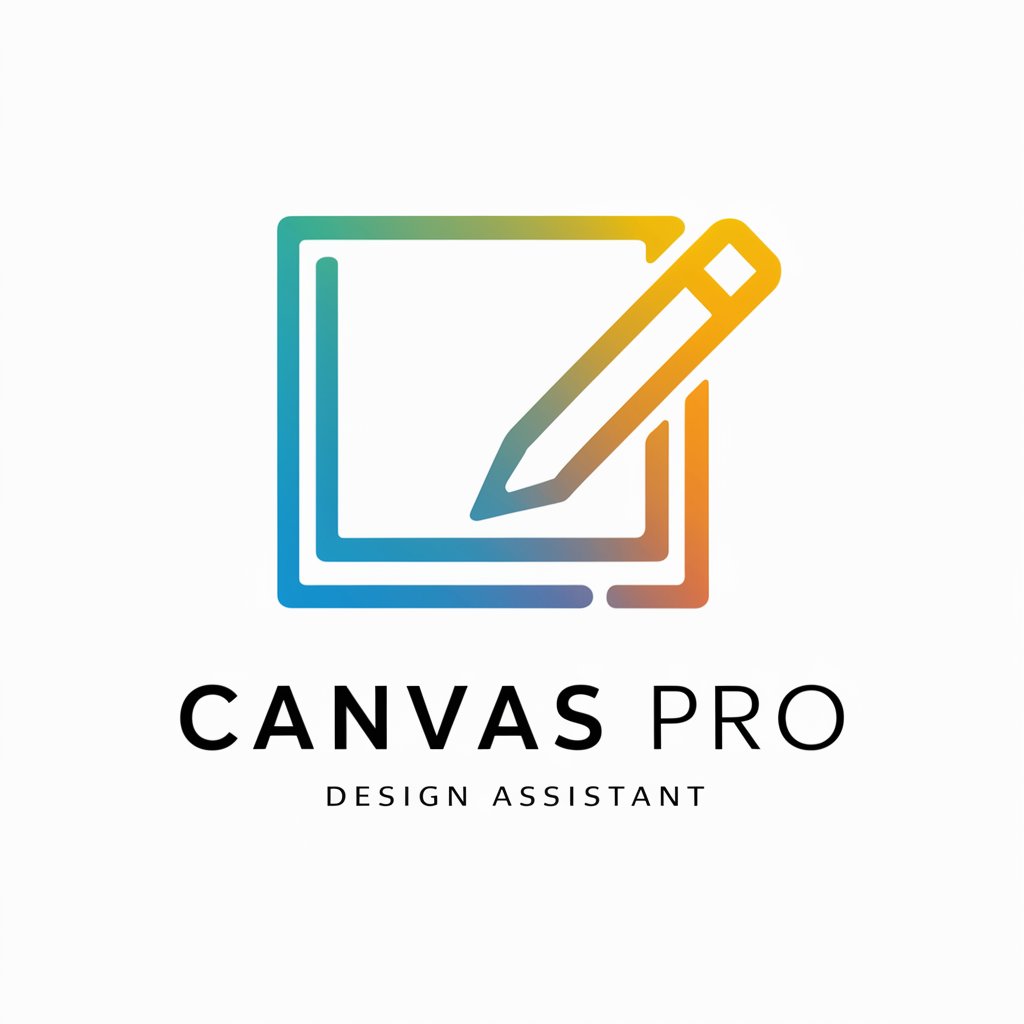
LucidRequest Generator
Crafting Realistic Design Firm Communications, AI-Powered
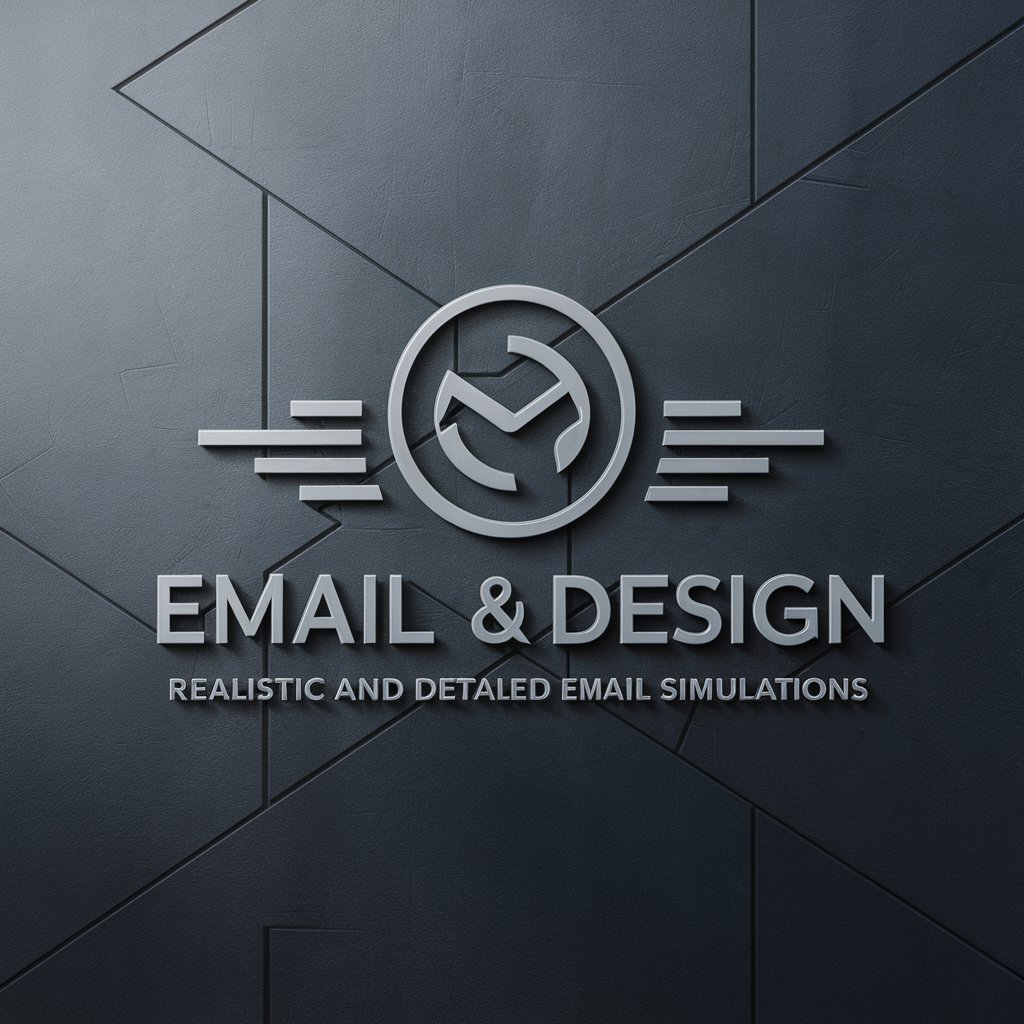
Academia de Arquitectura
Architect Your Future with AI

Experto Autocad 2024
Empower your design skills with AI
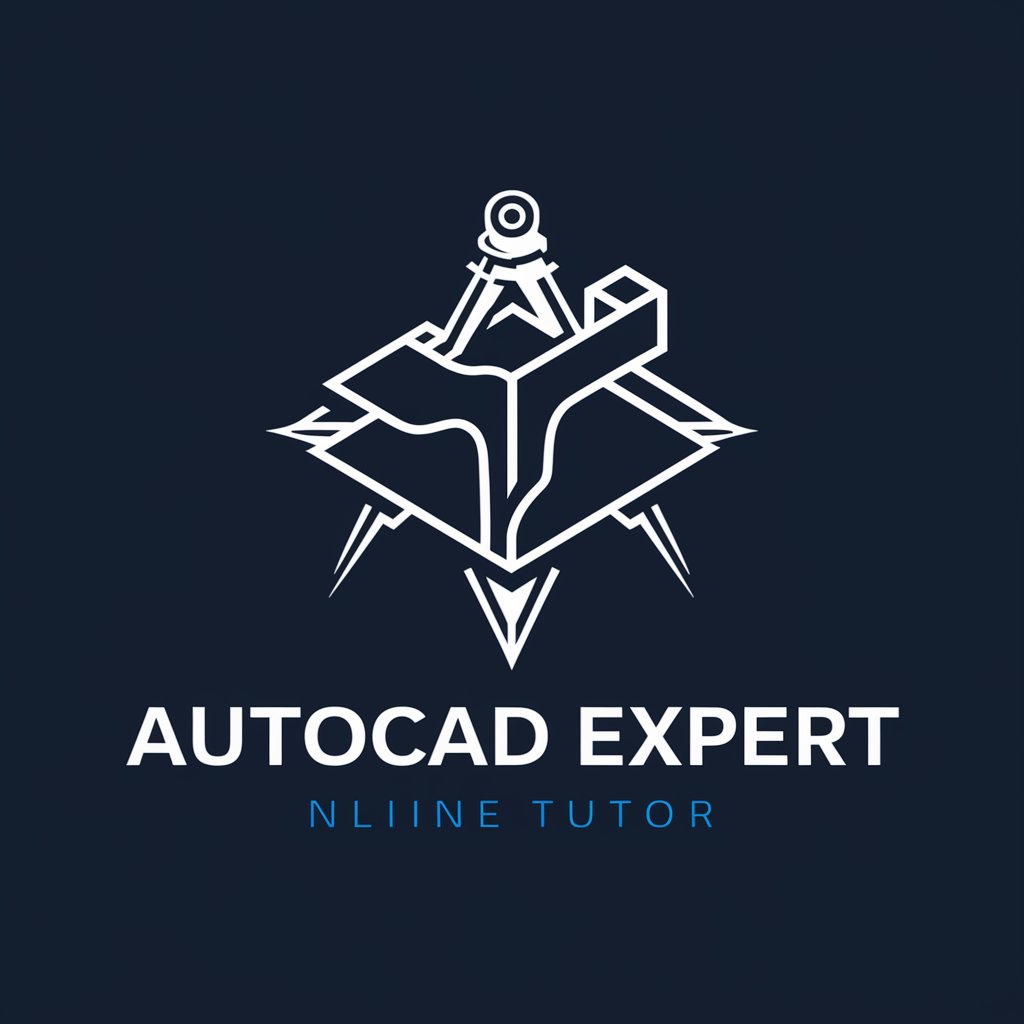
Design Critique
Elevate Your Design with AI-Powered Critiques
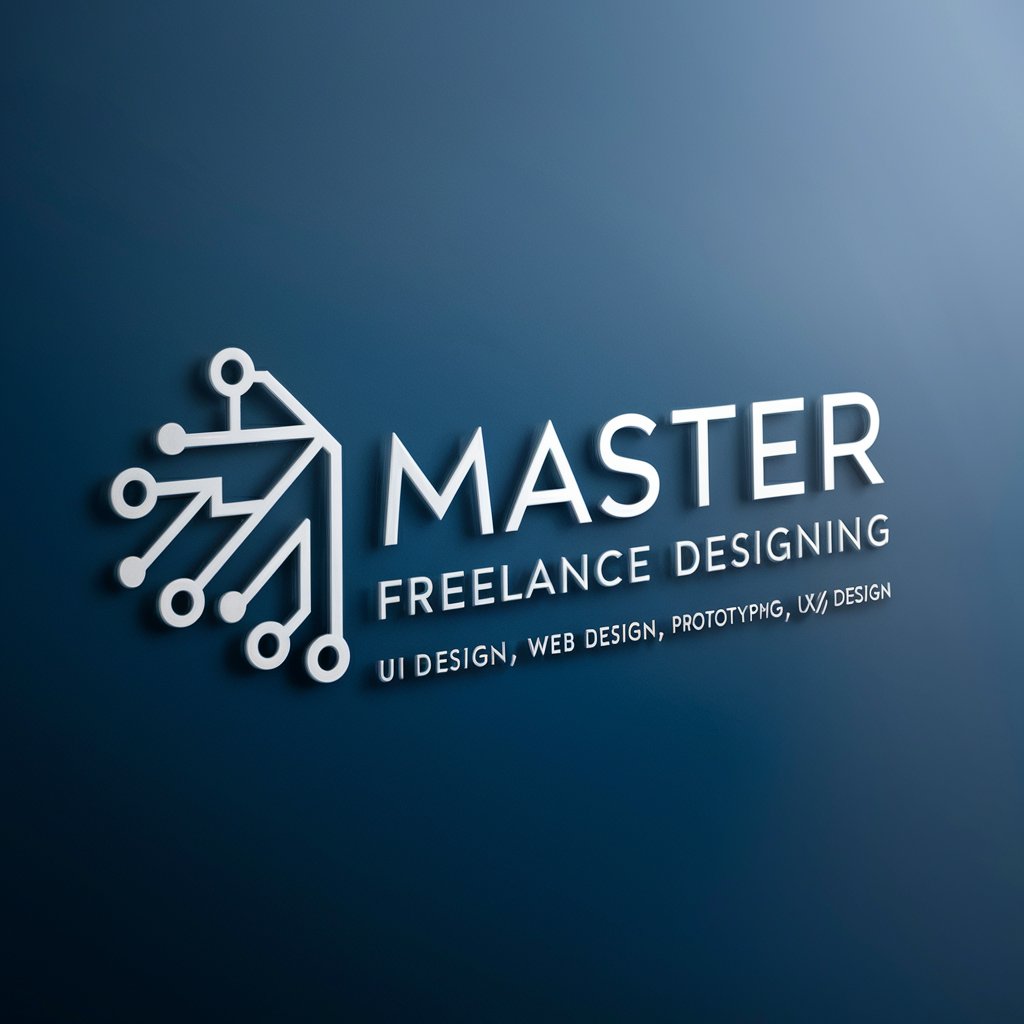
Canvas Guide
Empowering creativity with AI-driven design guidance.
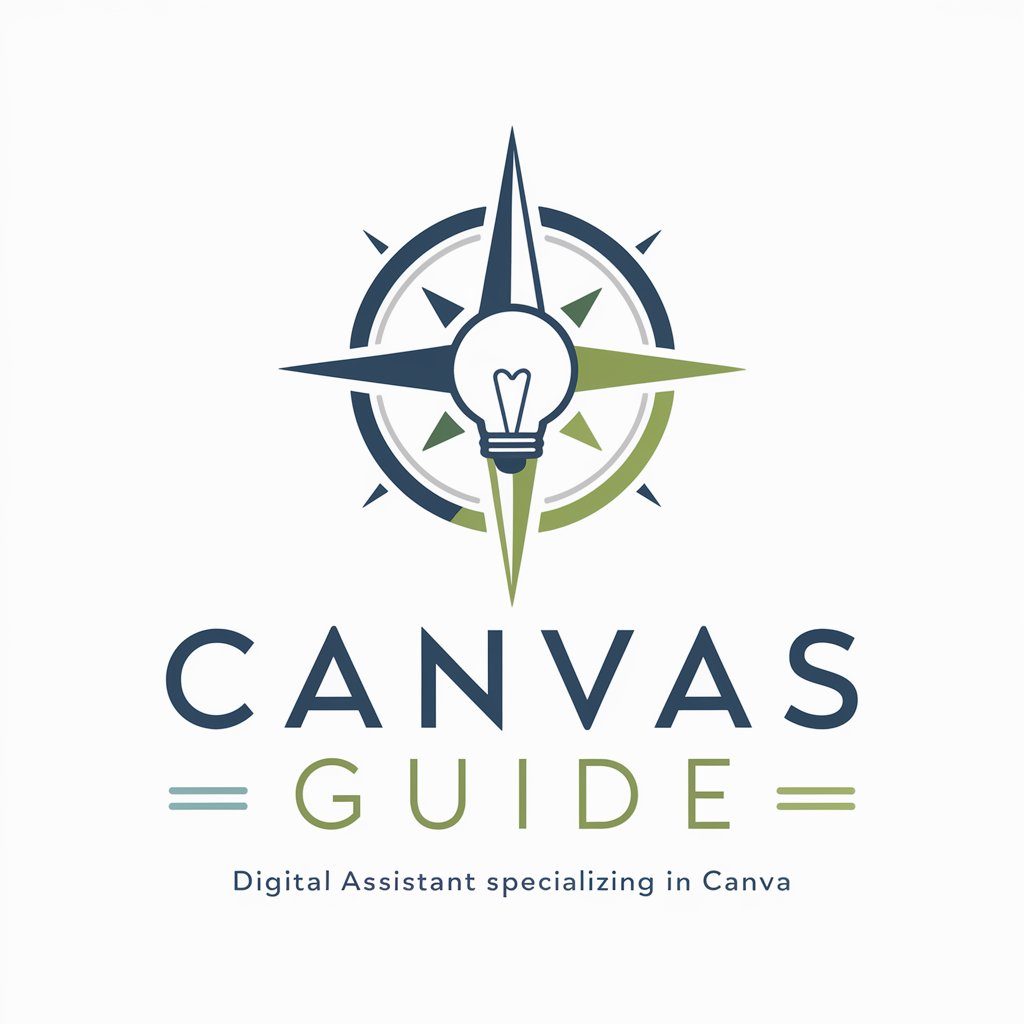
Lazy Design Wizard
Unleash Creativity with AI Design Wizardry
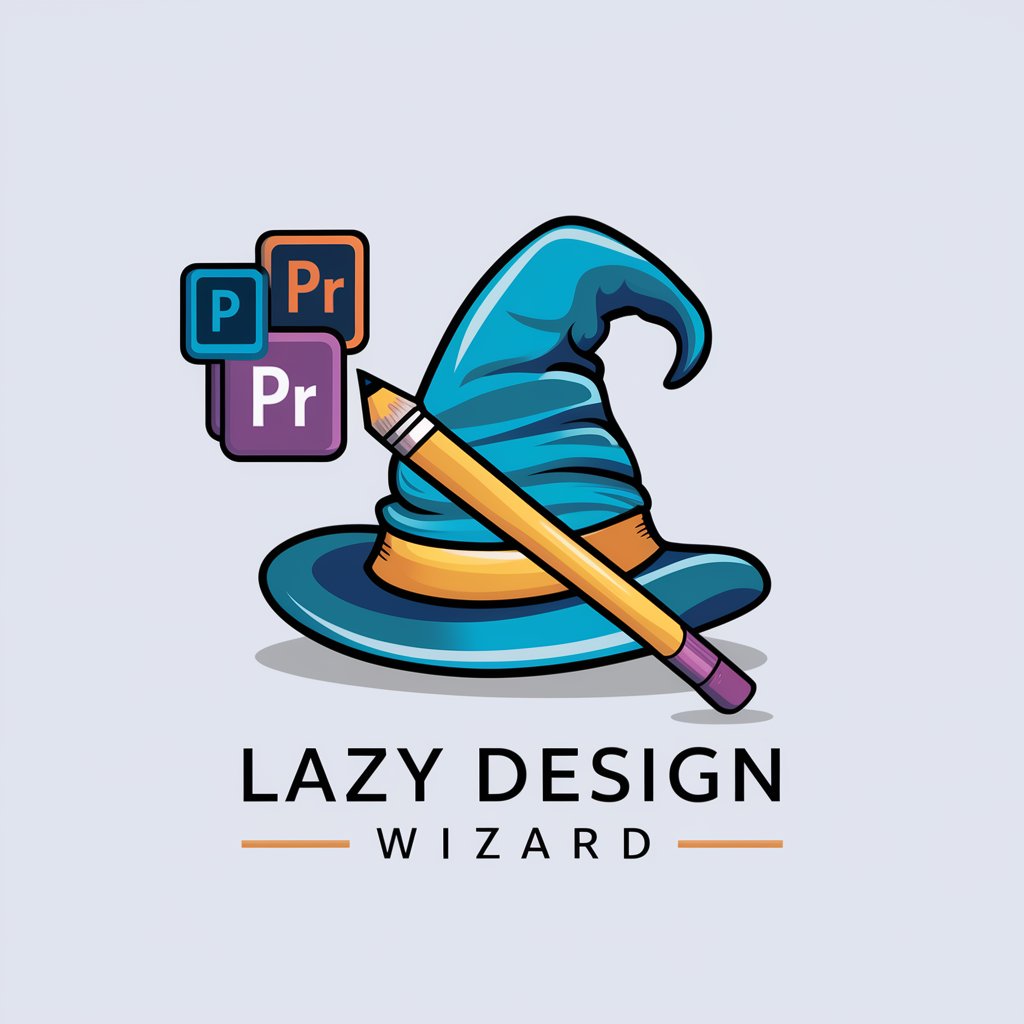
Pixel
Elevate your designs with AI-powered guidance.

Game Oracle
Empower Your Game Development with AI
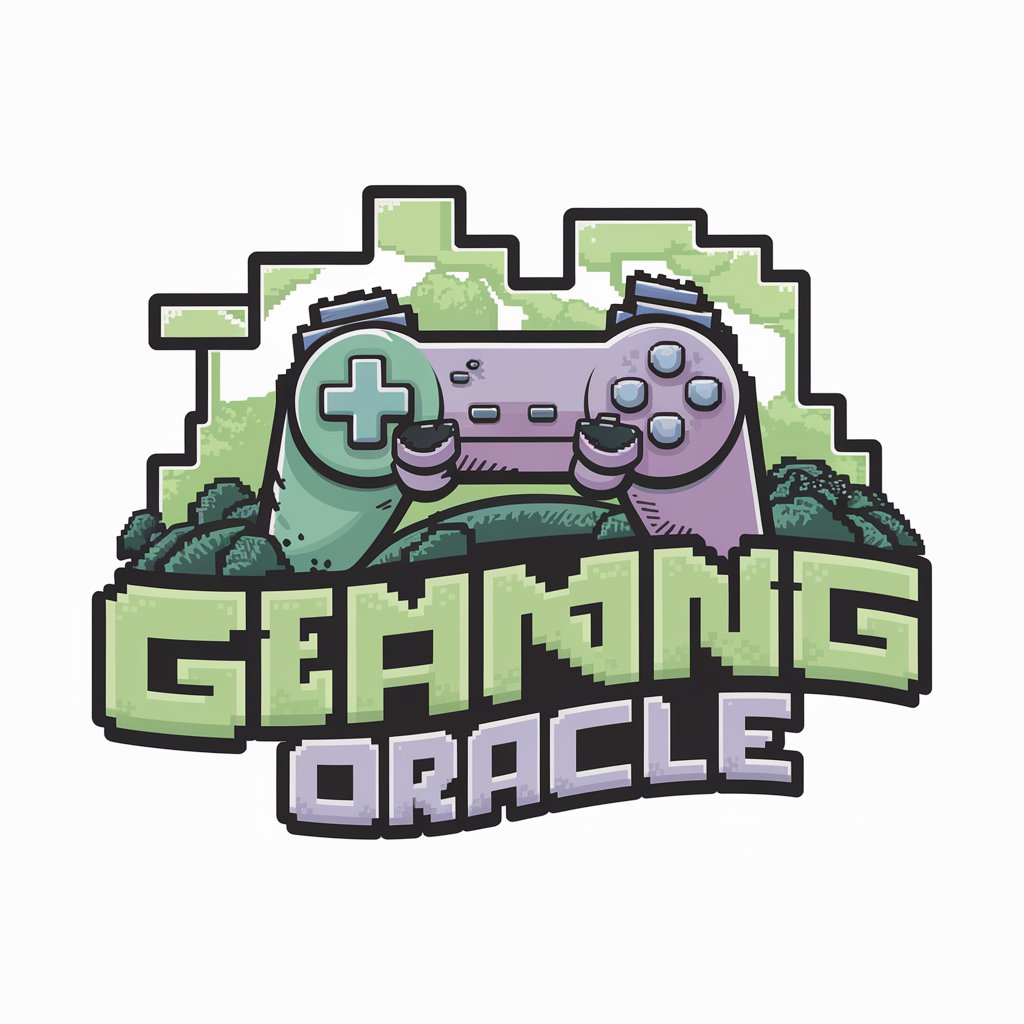
Distinctive Features of Design Learning AI
AI GPTs tools for Design Learning stand out due to their adaptability and customization, offering features that range from beginner-friendly interfaces to advanced programming capabilities. Key features include language learning for understanding design terminologies, technical support for software and tools commonly used in design, web searching for inspiration or information, image creation for visual ideation, and data analysis for market trends and design feasibility. These capabilities ensure that learners and professionals can approach design problems with comprehensive, AI-driven support.
Who Benefits from Design Learning AI Tools
The primary beneficiaries of AI GPTs for Design Learning include design novices, students, educators, professional designers, and developers in the field. These tools are accessible to individuals with no prior coding knowledge, thanks to user-friendly interfaces, while also offering extensive customization options for users with programming skills. This dual approach ensures that a wide spectrum of users can leverage these tools to enhance their design learning and professional practices.
Try Our other AI GPTs tools for Free
Live Sessions
Elevate your live sessions with AI GPTs: Real-time engagement, dynamic content, and interactive experiences designed for educators, professionals, and organizers.
Exercise Routine
Explore AI GPTs for Exercise Routine: your AI-powered companion for personalized fitness advice, workout plans, and progress tracking. Tailored for beginners to professionals.
Mindfulness Meditation
Discover how AI GPTs for Mindfulness Meditation can transform your meditation practice with personalized guidance and support, making mindfulness accessible to all.
Philanthropy Engagement
Discover how AI GPTs for Philanthropy Engagement revolutionize philanthropy with tailored solutions for donor engagement, fundraising, and project management.
Ancestor Discovery
Explore your roots with AI GPTs for Ancestor Discovery, advanced tools designed to unlock your family history through intelligent data analysis and personalized insights.
Token Research
Explore the innovative realm of AI GPTs for Token Research, designed to revolutionize how we analyze and predict cryptocurrency trends. Unlock tailored insights and data-driven strategies with ease.
Innovative Integration in Design Sectors
AI GPTs for Design Learning are not just tools but partners in the creative process, offering unique insights and capabilities that enhance design thinking and execution. Their user-friendly interfaces make advanced AI technology accessible to all, fostering a culture of innovation and continuous learning in the design community. Furthermore, their adaptability allows for seamless integration with existing workflows, making them a valuable addition to any designer's toolkit.
Frequently Asked Questions
What are AI GPTs for Design Learning?
AI GPTs for Design Learning are specialized AI tools designed to support and enhance the learning and practice of design through adaptive, intelligent features.
Who can benefit from using these tools?
Design students, educators, professional designers, and developers can all benefit from these tools, regardless of their coding expertise.
Can I use these tools without any coding knowledge?
Yes, these tools are designed to be accessible to individuals without any coding knowledge, offering user-friendly interfaces for easy navigation.
What unique features do these GPTs offer for design learning?
They offer language learning, technical support, web searching, image creation, and data analysis specifically tailored for design-related tasks.
How do these tools integrate with existing design software?
Many AI GPTs for Design Learning can seamlessly integrate with existing design software, enhancing functionality with AI-driven insights and automation.
Can these tools help with creative ideation?
Yes, through features like image creation and inspiration search, these tools can significantly aid in the creative ideation process.
Are there customization options for advanced users?
Yes, advanced users can customize these tools to fit more specific needs or integrate with their own systems through programming interfaces.
What makes AI GPTs different from other design learning tools?
AI GPTs differentiate by offering a more adaptive, intelligent, and comprehensive approach to design learning, combining various functionalities into a single, user-friendly platform.